Porsche 2012 Annual Report Download - page 133
Download and view the complete annual report
Please find page 133 of the 2012 Porsche annual report below. You can navigate through the pages in the report by either clicking on the pages listed below, or by using the keyword search tool below to find specific information within the annual report.-
 1
1 -
 2
2 -
 3
3 -
 4
4 -
 5
5 -
 6
6 -
 7
7 -
 8
8 -
 9
9 -
 10
10 -
 11
11 -
 12
12 -
 13
13 -
 14
14 -
 15
15 -
 16
16 -
 17
17 -
 18
18 -
 19
19 -
 20
20 -
 21
21 -
 22
22 -
 23
23 -
 24
24 -
 25
25 -
 26
26 -
 27
27 -
 28
28 -
 29
29 -
 30
30 -
 31
31 -
 32
32 -
 33
33 -
 34
34 -
 35
35 -
 36
36 -
 37
37 -
 38
38 -
 39
39 -
 40
40 -
 41
41 -
 42
42 -
 43
43 -
 44
44 -
 45
45 -
 46
46 -
 47
47 -
 48
48 -
 49
49 -
 50
50 -
 51
51 -
 52
52 -
 53
53 -
 54
54 -
 55
55 -
 56
56 -
 57
57 -
 58
58 -
 59
59 -
 60
60 -
 61
61 -
 62
62 -
 63
63 -
 64
64 -
 65
65 -
 66
66 -
 67
67 -
 68
68 -
 69
69 -
 70
70 -
 71
71 -
 72
72 -
 73
73 -
 74
74 -
 75
75 -
 76
76 -
 77
77 -
 78
78 -
 79
79 -
 80
80 -
 81
81 -
 82
82 -
 83
83 -
 84
84 -
 85
85 -
 86
86 -
 87
87 -
 88
88 -
 89
89 -
 90
90 -
 91
91 -
 92
92 -
 93
93 -
 94
94 -
 95
95 -
 96
96 -
 97
97 -
 98
98 -
 99
99 -
 100
100 -
 101
101 -
 102
102 -
 103
103 -
 104
104 -
 105
105 -
 106
106 -
 107
107 -
 108
108 -
 109
109 -
 110
110 -
 111
111 -
 112
112 -
 113
113 -
 114
114 -
 115
115 -
 116
116 -
 117
117 -
 118
118 -
 119
119 -
 120
120 -
 121
121 -
 122
122 -
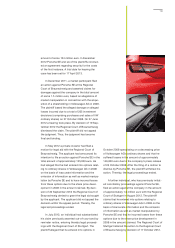 123
123 -
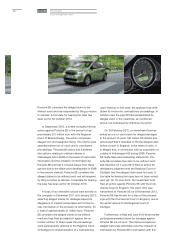 124
124 -
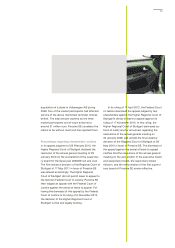 125
125 -
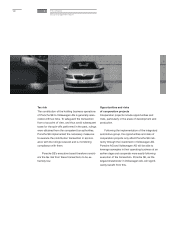 126
126 -
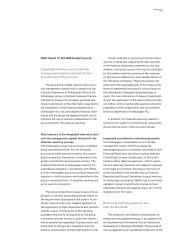 127
127 -
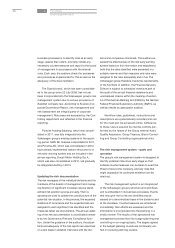 128
128 -
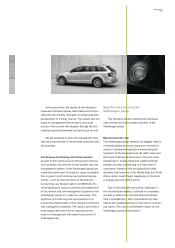 129
129 -
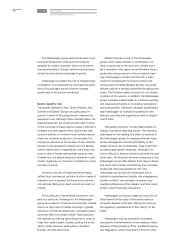 130
130 -
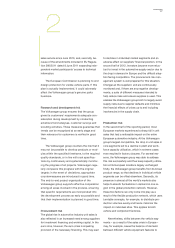 131
131 -
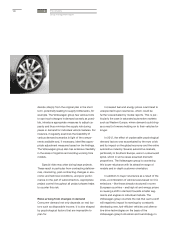 132
132 -
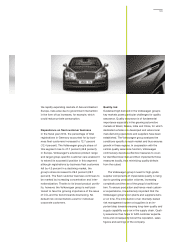 133
133 -
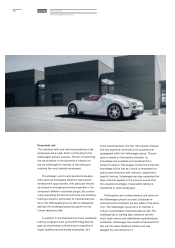 134
134 -
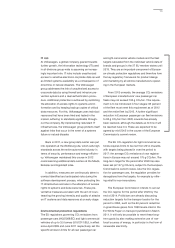 135
135 -
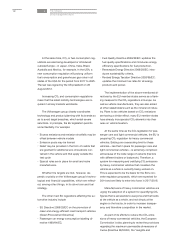 136
136 -
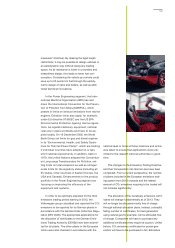 137
137 -
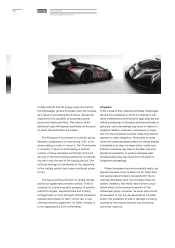 138
138 -
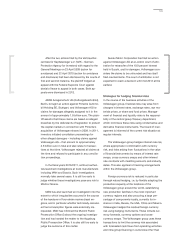 139
139 -
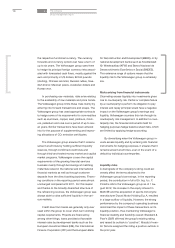 140
140 -
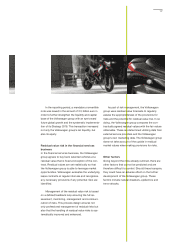 141
141 -
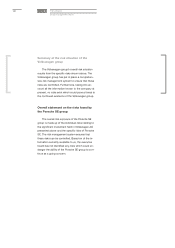 142
142 -
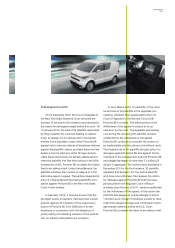 143
143 -
 144
144 -
 145
145 -
 146
146 -
 147
147 -
 148
148 -
 149
149 -
 150
150 -
 151
151 -
 152
152 -
 153
153 -
 154
154 -
 155
155 -
 156
156 -
 157
157 -
 158
158 -
 159
159 -
 160
160 -
 161
161 -
 162
162 -
 163
163 -
 164
164 -
 165
165 -
 166
166 -
 167
167 -
 168
168 -
 169
169 -
 170
170 -
 171
171 -
 172
172 -
 173
173 -
 174
174 -
 175
175 -
 176
176 -
 177
177 -
 178
178 -
 179
179 -
 180
180 -
 181
181 -
 182
182 -
 183
183 -
 184
184 -
 185
185 -
 186
186 -
 187
187 -
 188
188 -
 189
189 -
 190
190 -
 191
191 -
 192
192 -
 193
193 -
 194
194 -
 195
195 -
 196
196 -
 197
197 -
 198
198 -
 199
199 -
 200
200 -
 201
201 -
 202
202 -
 203
203 -
 204
204 -
 205
205 -
 206
206 -
 207
207 -
 208
208 -
 209
209 -
 210
210 -
 211
211 -
 212
212 -
 213
213 -
 214
214 -
 215
215 -
 216
216 -
 217
217 -
 218
218 -
 219
219 -
 220
220 -
 221
221 -
 222
222 -
 223
223 -
 224
224 -
 225
225 -
 226
226 -
 227
227 -
 228
228 -
 229
229 -
 230
230 -
 231
231 -
 232
232 -
 233
233 -
 234
234 -
 235
235 -
 236
236 -
 237
237 -
 238
238 -
 239
239 -
 240
240 -
 241
241 -
 242
242 -
 243
243 -
 244
244 -
 245
245 -
 246
246 -
 247
247 -
 248
248 -
 249
249 -
 250
250 -
 251
251 -
 252
252 -
 253
253 -
 254
254 -
 255
255 -
 256
256 -
 257
257 -
 258
258 -
 259
259 -
 260
260 -
 261
261 -
 262
262 -
 263
263 -
 264
264 -
 265
265 -
 266
266 -
 267
267 -
 268
268 -
 269
269 -
 270
270
 |
 |
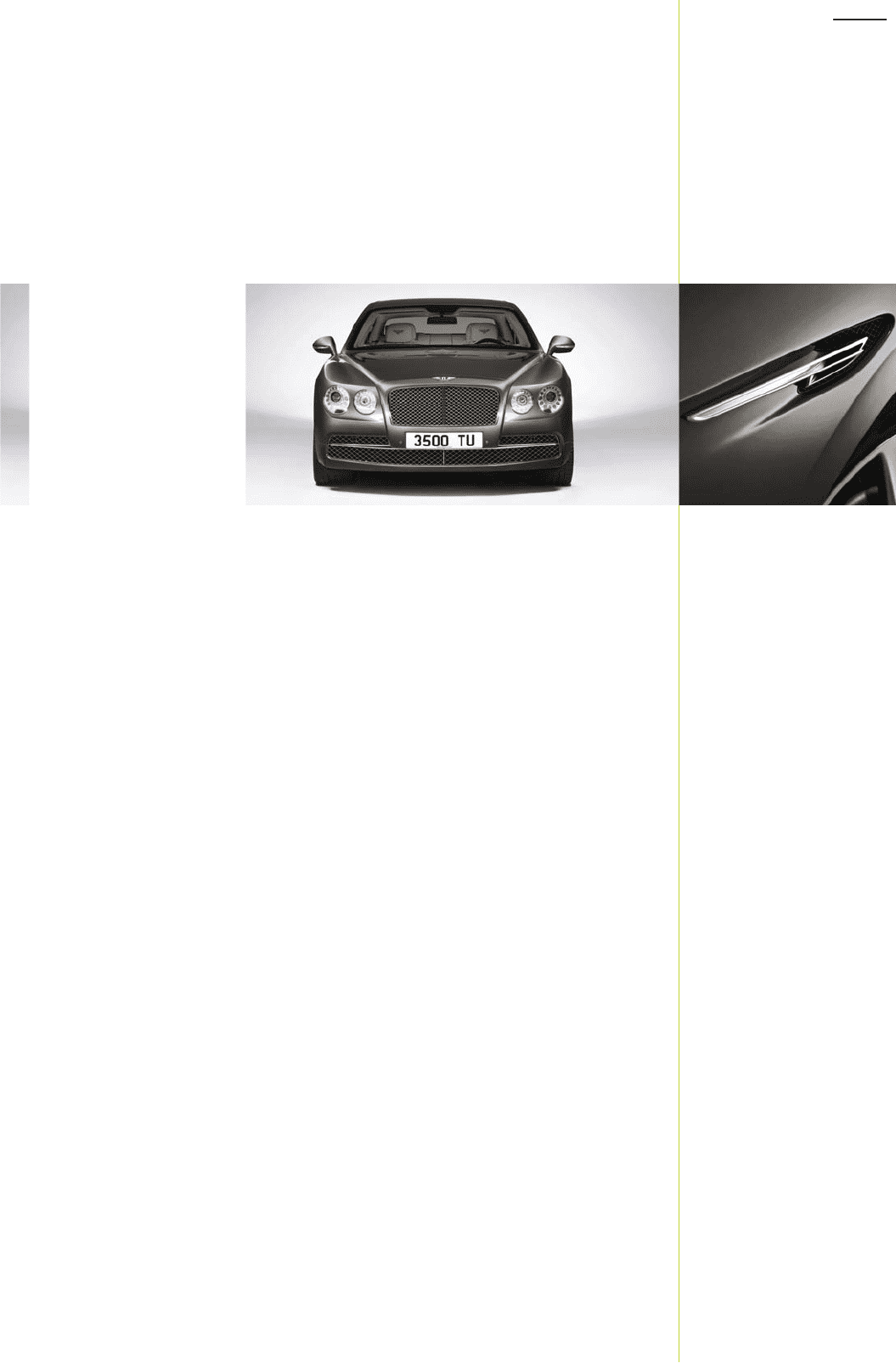
the rapidly expanding markets of Asia and Eastern
Europe, risks arise due to government intervention
in the form of tax increases, for example, which
could reduce private consumption.
Dependence on fleet customer business
In the fiscal year 2012, the percentage of total
registrations in Germany accounted for by busi-
ness fleet customers increased to 12.7 percent
(12.4 percent). The Volkswagen group’s share of
this segment rose to 47.7 percent (46.8 percent).
In Europe, Volkswagen’s extensive product range
and target group-specific customer care enabled it
to extend its successful position in this segment:
although registrations by business fleet customers
fell by 4.3 percent in a declining market, the
group’s share increased to 29.3 percent (28.7
percent). The fleet customer business continues to
be marked by increasing concentration and inter-
nationalization. Thanks to its broad product portfo-
lio, however, the Volkswagen group is well posi-
tioned to face the growing importance of the issue
of CO2 and the trend towards downsizing. No
default risk concentrations exist for individual
corporate customers.
Quality risk
Sustained high demand in the Volkswagen group’s
key markets poses particular challenges for quality
assurance. Quality assurance is of fundamental
importance especially in the growing automotive
markets of Brazil, Russia, India and China, for which
dedicated vehicles are developed and where local
manufacturing operations and suppliers have been
established. The Volkswagen group analyzes the
conditions specific to each market and thus ensures
growth in these regions. In cooperation with the
central quality assurance function, Volkswagen
continuously develops effective measures to coun-
ter identified local risks and then implements those
measures locally, thus minimizing quality defects
from the outset.
The Volkswagen group’s need for high-grade
supplier components of impeccable quality is rising
due to growing production volumes, increasing
complexity and the use of the group’s toolkit sys-
tem. To ensure production and hence meet custom-
er expectations, it is extremely important that the
Volkswagen group’s own plants and suppliers deliv-
er on time. The introduction of an internally-tested
risk management system at suppliers is an im-
portant step towards ensuring long-term quality and
supply capability early on in the supply chain. Quali-
ty assurance thus helps to fulfill customer expecta-
tions and consequently boost the reputation, sales
figures and earnings of the company.
129
